Because of length, this email may be clipped short. If so, please read the entire post on the website or the app. What is your favorite ancestral deck?
Which Tarot or Oracle Deck?
Truth is, you can use any deck for ancestral work. Your connection to the cards and your intention top other considerations. However, some people prefer to choose decks that are connected to their ancestral origins or cultural heritage. In fact, I wrote a lengthy list of diverse cultural-centric decks awhile back. For more, keep reading.
By the way, if you are going to enroll in my 67-video course on ancestral tarot, you’ll need a tarot deck with the 16 Court cards showing people rather than an abstract image.
Cultural Narrative Across the Globe
North America

In recent years, several decks - many indie - have been released that embrace the culture of both the United States and Canada. Stacey Williams-Ng’s Rhythm and Soul tarot strums its way through the history of America’s music: jazz, blues, rock-n-roll, and country. Similarly, Erika’s Lenormand of Hope is designed around Erika Robinson’s American approach to reading Lenormand, with Black women and men pictured on the four ‘people’ cards.
From our Canadian friends come The Canadian Tarot, the Elora Tarot (a 78-card feast for the artist’s eye!), Tarot of Trees, and the Sacred Medicine Oracle.
Indigenous Cultures
Decks like the Aboriginal Ancestral Wisdom Oracle (Australia), Hazel Moon's Hawaiian Oracle (Oceania), Medicine Woman Tarot (Modern Native American-Female Centric), Santa Fe Tarot, and Vision Quest Tarot (Native American) aim to encapsulate the spiritual beliefs, symbolism, and traditions of their respective Indigenous cultures. These decks often highlight connection to the land, ancestral wisdom, and holistic spiritual practices that emphasize harmony with nature.
African and African Diaspora Traditions
The African Tarot (Tazama), African-American Tarot, Afro-Brazilian Tarot, Dust II Onyx, and Hoodoo Tarot (Rootworkers) decks explore African spiritual practices, mythology, and cultural heritage. They often draw from traditional African cosmologies, ancestral reverence, and the rich tapestry of practices shaped by the African diaspora, such as Hoodoo and Candomblé. These decks provide a gateway to understanding the resilience, creativity, and spirituality that have emerged from African traditions.
European Traditions
European cultural narratives are represented through decks like the Ancient Italian Tarot (Italy), Arthurian Tarot (England), Druidcraft Tarot, Llewellyn Tarot (Wales), Raymond Buckland’s Romani Tarot (British Roma), Wildwood Tarot, Spanish Tarot (Spain), Tarot Francais Des Fleurs (France), the Sherwood Oracle, and Viking Oracle (Norse). These decks often draw inspiration from historical figures, mythology, folklore, and artistic styles associated with their respective European cultures. Themes of chivalry, mysticism, and nature are prominent, offering a glimpse into the spiritual ethos of Europe’s past.
Transcontinental
A transcontinental country spans more than one continent. Russia is one such country, with its western cities like Moscow and St. Petersburg in Eastern Europe, while eastern Russia (Siberia) is geographically part of Asia. Decks from this region include the Faberge Tarot, the Baba Yaga Tarot, Russian Gypsy Fortune Telling Cards, and the Russian Tarot of St. Petersburg. Russian-themed decks are based around the culture, history, folklore, and art.
Asian Traditions
The China Tarot (China), Chinese Tarot (China), and Ukiyoe Tarot (Japan) reflect Asian cultural elements, incorporating Eastern philosophies, symbolism, and aesthetics. These decks might explore Confucian, Taoist, or Buddhist ideals and traditional art forms like Chinese ink painting or Japanese ukiyo-e prints, offering insights into the contemplative and harmonious aspects of Asian spirituality.
Mexico, Latin American and Caribbean Traditions
Decks like the Lotería Remedios Oracle (Mexico), Santa Muerte Tarot (Mexico), Secrets of Paradise (Caribbean & Latin American), the Ofrenda Oracle, and Tarot de la Santa Muerte (Mexico) represent Latin American and Caribbean traditions. These decks often weave together folklore, religious practices, and cultural symbolism, celebrating vibrant traditions like Día de los Muertos and syncretic belief systems rooted in the blending of Indigenous, African, and European spiritual practices.
Syncretic Traditions (Combining Cultures & Ideas)
Some decks, like the Ghetto Tarot (Haiti), blend elements from different cultural traditions, showcasing the syncretism often found in diverse societies. These decks highlight the adaptability of spiritual traditions in the face of historical challenges, creating new expressions of cultural identity and spirituality. My own Ancestral Magick Oracle blends faces and magickal traditions from across the globe.
These decks just scratch the surface of decks focused around a specific culture. If you know of more, please leave a comment.
Nancy
P.S. Thanks to readers for adding to my list of decks:
Black Tarot by Nyasha Williams
Mythical Basque Tarot or the Euskal Herria Tarot, both from a known basque esoterist, Maritxu Guler
Donna Druchunas created her own deck based on Lithuanian folktales
Flower of the Magic Fern Ukranian Tarot by Tania Andrushko
Tarot of the Golden Wheel by Mila Losenko
Slavic Legends Tarot by Taroteca Studios.
The Sacred India Tarot by Rohit Arya
Mythologia Fennica is a Tarot deck that is entirely based on Finnish mythology + folklore.
From Anna Marcella, Tarot Soprafino/Italian for Southern European ancestors.





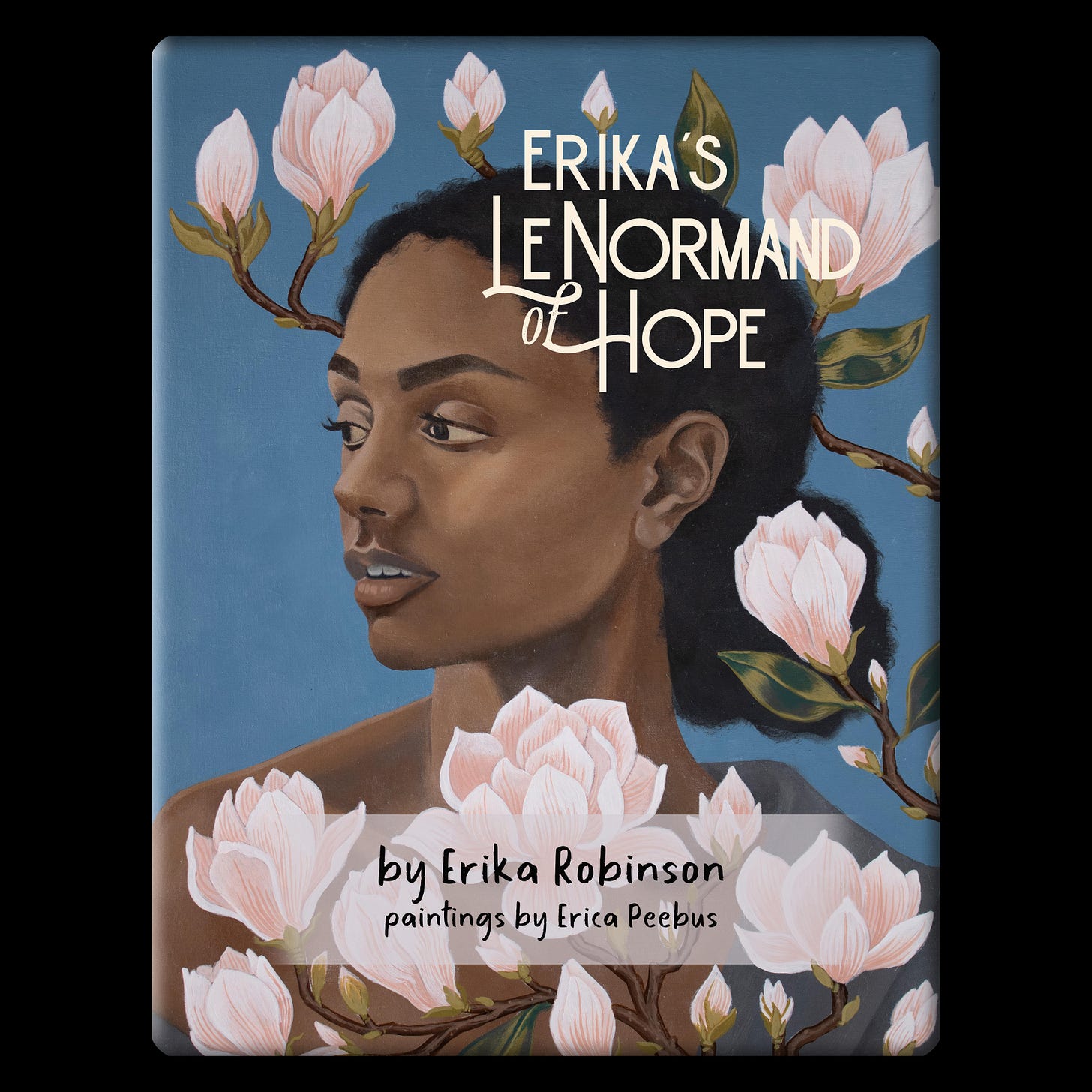
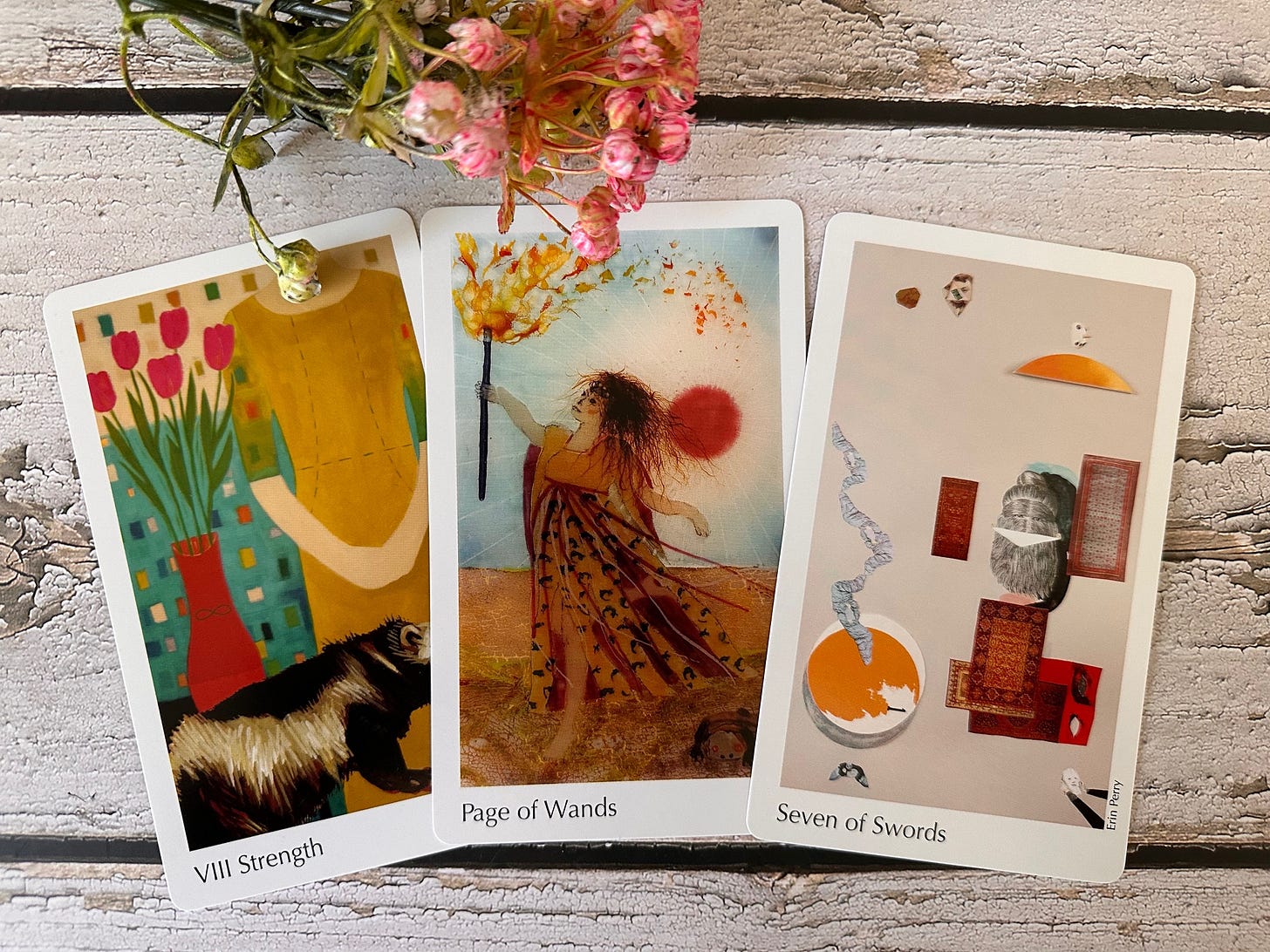
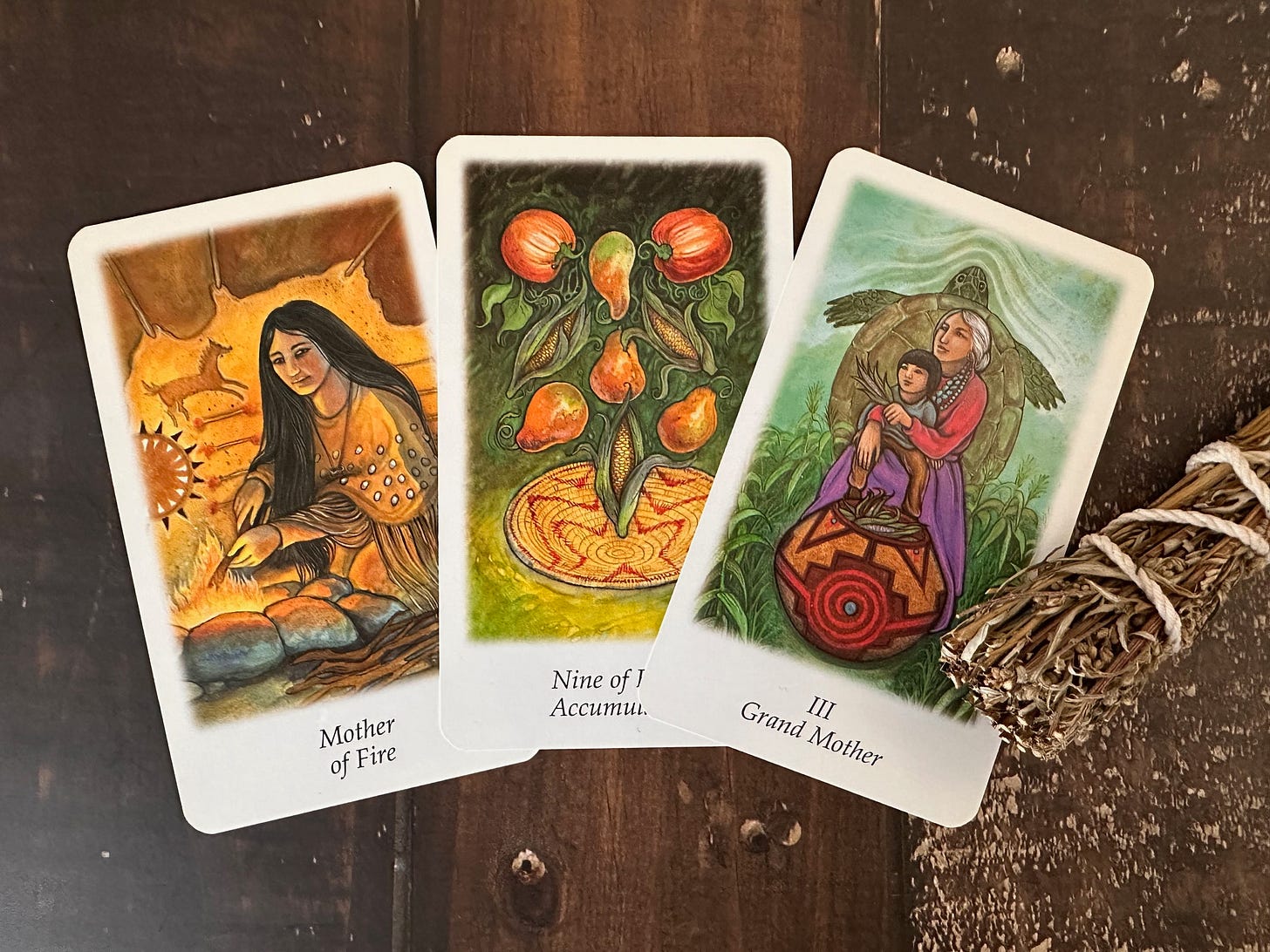
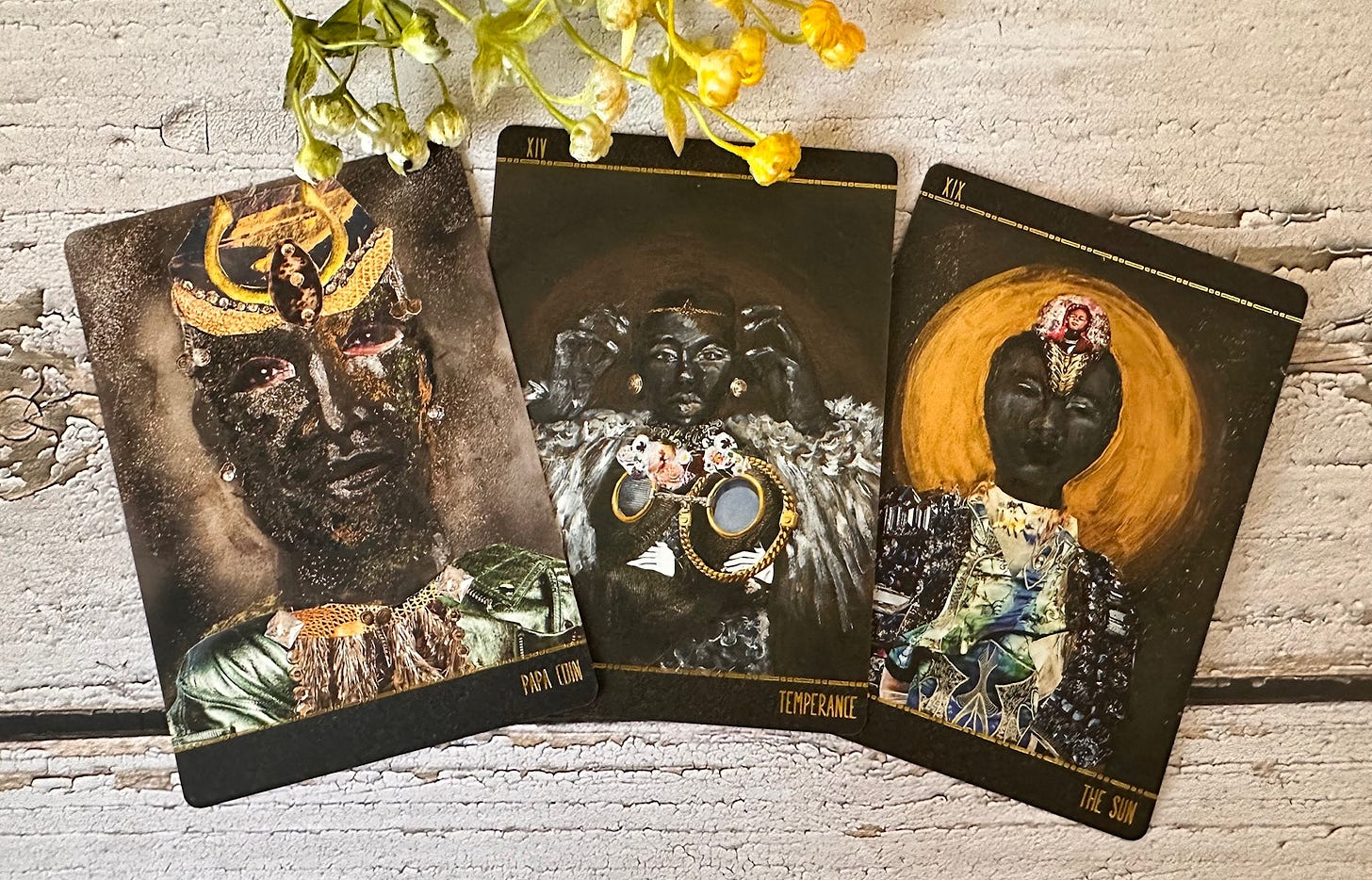
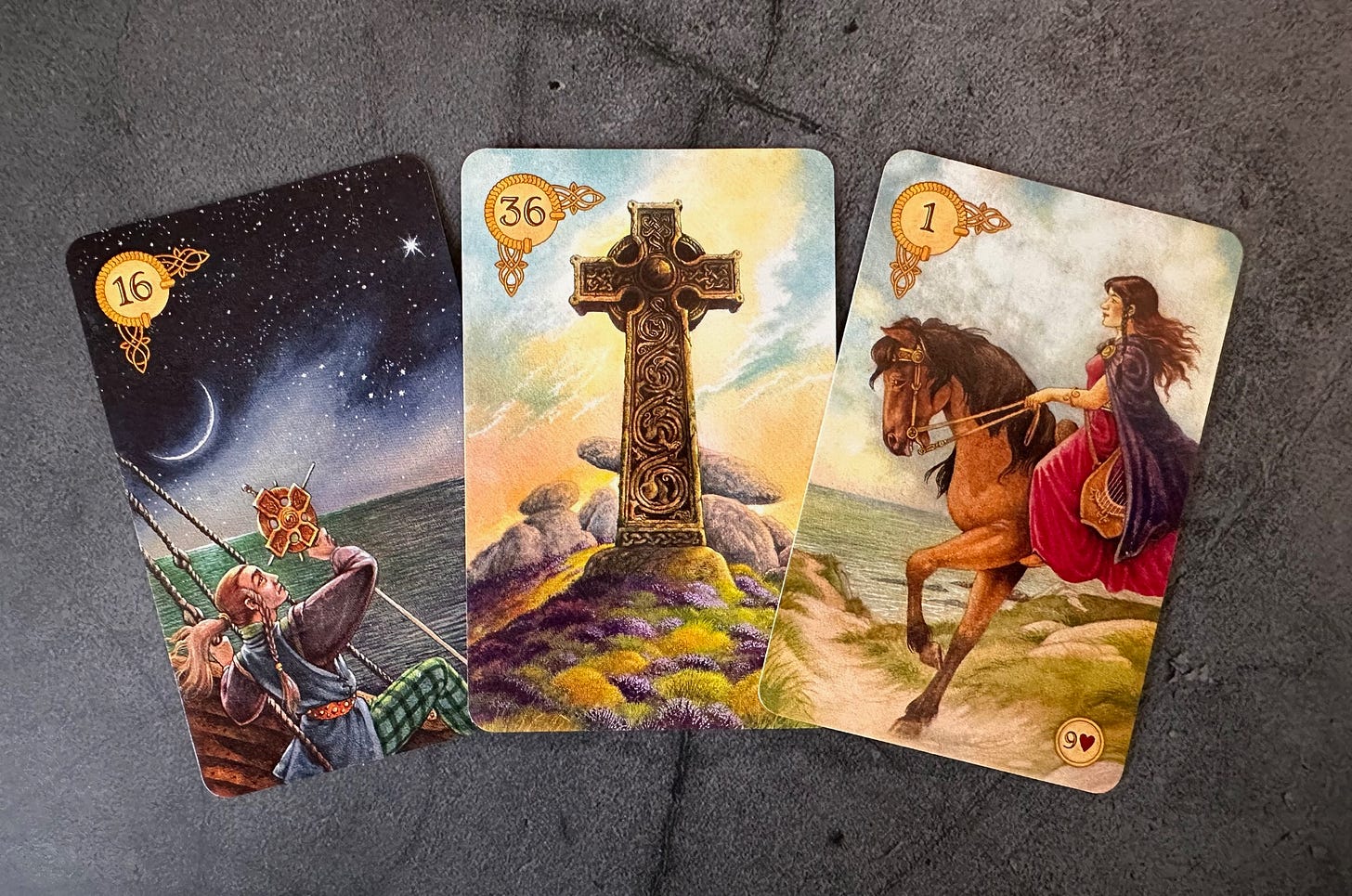


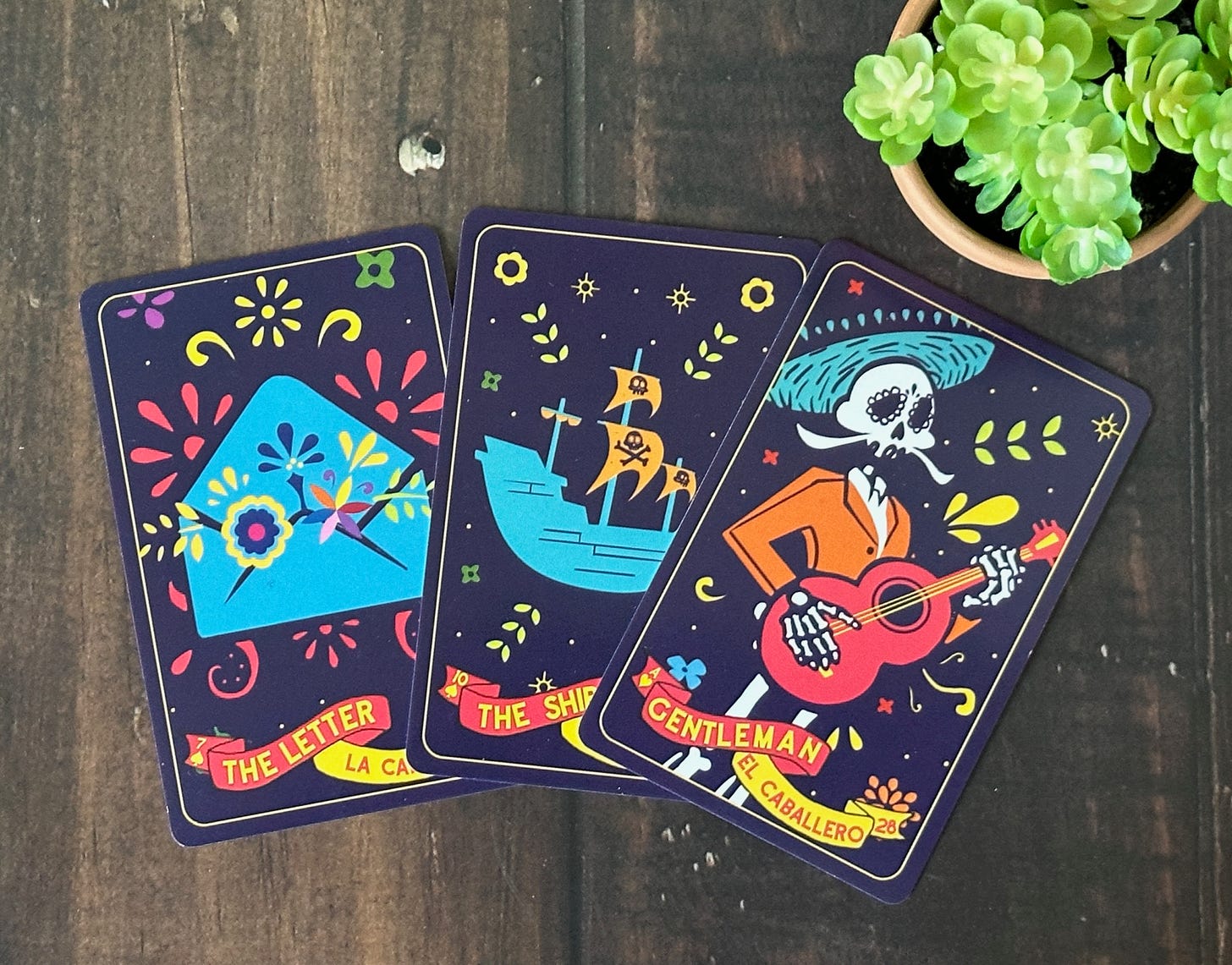
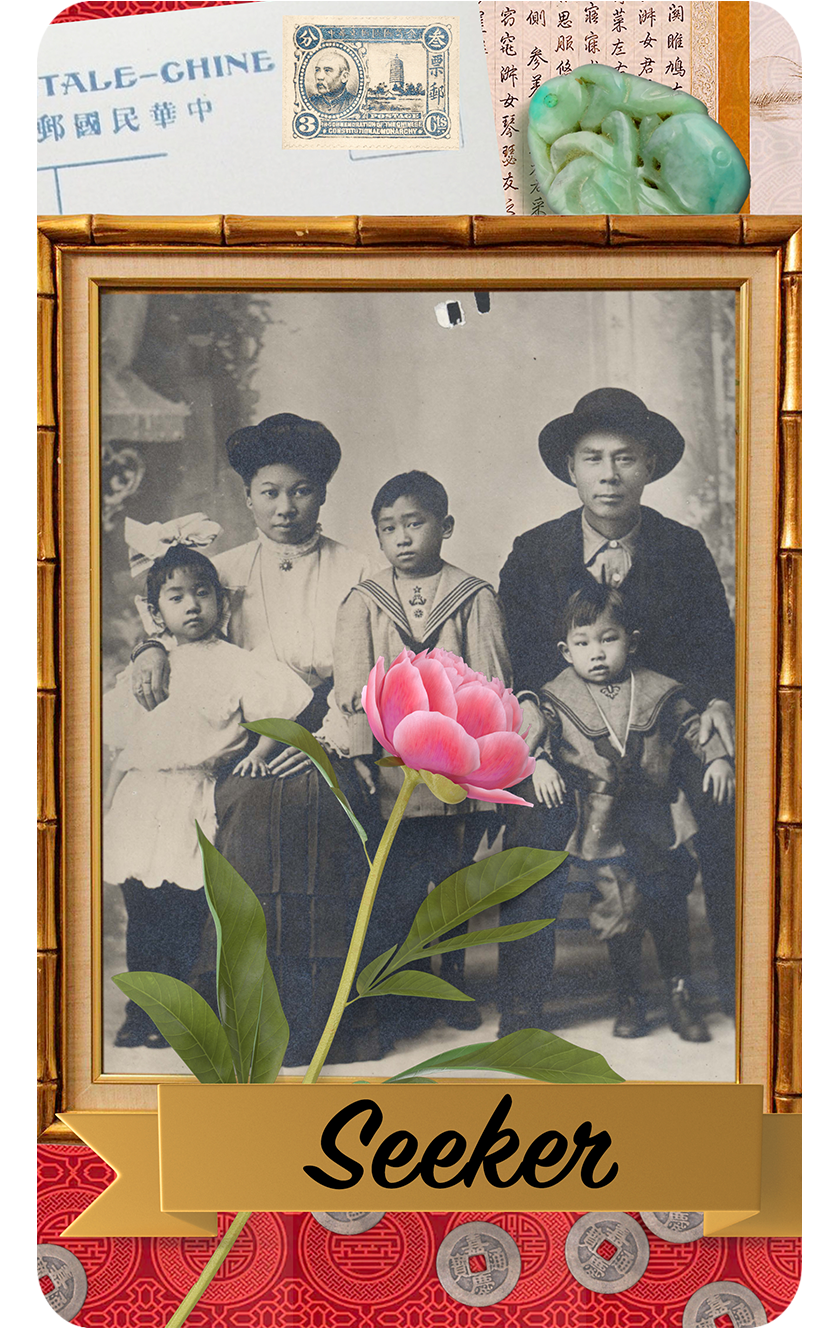
Great list! Happy to be included! ❤️
Thank you for this wonderful list!